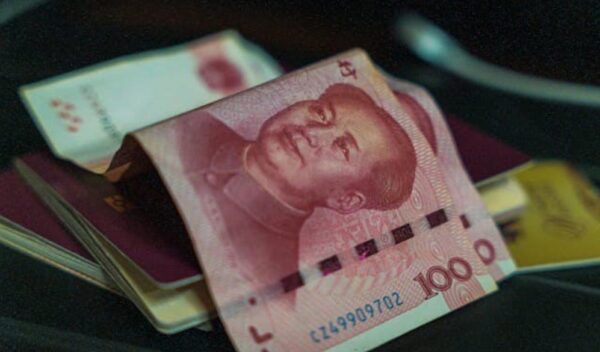
Anyone doing business with China quickly notices something strange: it has two official currencies.
What’s more, the two names are often used interchangeably: the Yuan (CNY) and the people’s renminbi (RMB or more usually CNH).
While both have the same bank notes, they are not worth the same. The difference depends on where the currency is settled.
The CNY is used in the domestic economy, while the CNH is for international trade.
A brief history of China’s currency
As China grew into a manufacturing and industrial powerhouse in the late 90s and 2000s, more money flowed into the country from eager consumers, especially in the West. To manage this, China created a parallel currency in 2004, the CNH, so called as it was settled in China-Hong Kong.
What does the difference between CNY and CNH mean for entrepreneurs?
The main differences between the two currencies lies in their respective regulations and restrictions. Transactions in CNY are restricted, while there are none on CNH. The local value of CNY is dictated by the People’s Bank of China, whereas the CNH is freely tradeable like most other currencies.
This can lead to the values of the currencies diverging. On any given day, an offshore yuan (CNH) may be valued by the markets as worth more or less than one available on the Chinese mainland (CNY). So be careful.
If the People’s Bank of China intervenes in markets, it will use the CNH to do so.
